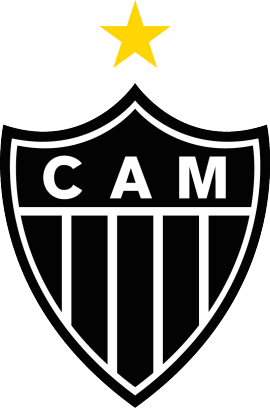Clube Atlético Mineiro Tryouts
Clube Atlético Mineiro is a professional football club based in the city of Belo Horizonte, capital city of the Brazilian state of Minas Gerais. The club competes in the Campeonato Brasileiro Série A, the top flight of Brazilian football.
Clube Atlético Mineiro Youth Development System
Clube Atlético Mineiro Academy
In Cidade do Galo, about 90 young people live in a hotel that has 19 quadruple apartments and 12 triple apartments, all with bathroom, closet, TV and balcony. The hotel also has a complete gym, restaurant, pedagogy room, library, games room, auditorium with capacity for 150 people, computer room, trophy room and medical, physiotherapy and dental departments. All young people receive the support and resources necessary for their professional and personal development, with medical supervision, school, housing and all other necessary care. In addition to supplying the professional team with quality athletes, Atlético’s base teams have already achieved important national and international achievements.
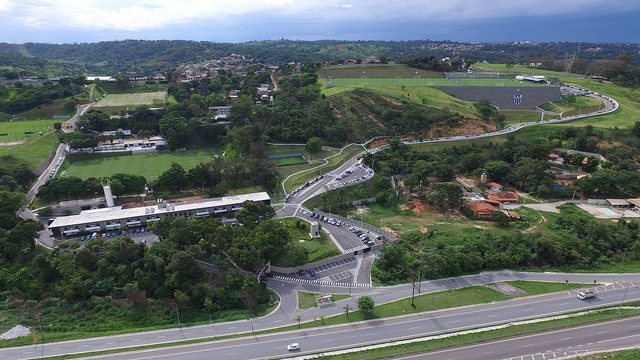
The complete structure for the training of high performance athletes and the club’s philosophy of training citizens prepared for life inside or outside the sport make the groundwork carried out by Atlético a world reference.
Galo has already revealed athletes like Reinaldo, Toninho Cerezo, Paulo Isidoro, Marcelo Oliveira, Lincoln, Mancini, Dedê, Cléber, Diego Alves, Jemerson and Bernard, among others.
Clube Atlético Mineiro School
In order to train citizens and not just soccer athletes, the Clube Atlético Mineiro’s Base Soccer Department applies a modern vision in its training work. The club develops in its athletes the pleasure of learning in all aspects, with the understanding that training on the field and the participation of athletes in school go hand in hand in a single process. As in training on the field, the kids at Base do Galo dedicate themselves to studies with the awareness of the importance that this will have in their profession and, mainly, in their training as a person. The study makes athletes escape a little from the world of football, acquiring knowledge and culture that they will carry for a lifetime, whether on or off the field.

Currently, of the 112 athletes from the base who live in Cidade do Galo, in the child, youth and junior categories, 79 are enrolled and study daily. They are distributed in three schools in the region, Machado de Assis State School, José Paulo de Barros Municipal School and Senhor do Bonfim Municipal School. Those who do not study are just junior players who have chosen to dedicate themselves exclusively to football. In addition, athletes have a study space at the CT to develop the activities brought from the school. In this place, they have the guidance and support of the Social Worker of the grassroots categories, Heloísa Ribeiro Verçosa, who commands this whole process of monitoring the future stars.
As of this writing, the club currently has no official documentation on academy trial or football school information. Please check back at a later date as we monitor for upcoming updates.
EXPLORE MORE CLUBS!
Explore more professional clubs by continent.
Clube Atlético Mineiro History
Twenty-two students from Belo Horizonte established the Atlético Mineiro football club on March 25, 1908, making it the oldest operating football team in the state of Minas Gerais. The club, although having liberal and upper-class founders, opened its doors to players of every socioeconomic class, establishing itself as a “people’s club,” and eventually becoming one of the most supported clubs in Brazil. This helped the club become one of the most successful in Brazil.
Since it was first introduced in the 1930s, the rooster that serves as Atlético’s mascot has been closely identified with the organization. The word galo, which is Portuguese for “rooster,” has become widely used as a common moniker for the club itself over the years. The regular home uniform of the team consists of striped shirts in black and white, black shorts, and white socks. The shorts are black. Atlético Mineiro has a record 45 victories to their name in the Campeonato Mineiro.
The club has finished in second place five times at the national level of competition, including once when they won the Campeonato Brasileiro. Atlético has also won one Copa do Brasil, one Copa dos Campeões Estaduais and the Copa dos Campeões Brasileiros. Atletico de Madrid is one of the most successful teams in the history of international club football, holding the record for the most victories in the Copa CONMEBOL as well as the Copa Libertadores and the Recopa Sudamericana. The team has also competed in three more continental finals. Throughout its history, the club has also participated in competitions for various sports, with the futsal section eventually being particularly prominent.
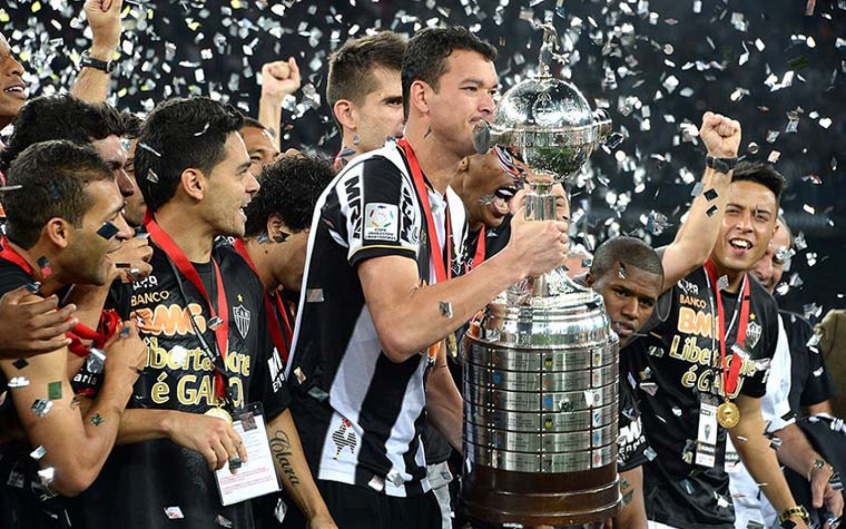
Atlético ranks seventh in the country in terms of turnover, generating R$244.6 million (€62.2 million) in 2015, placing it in eighth place among the most valuable brands in Brazil. As of 2016, the club’s brand was estimated to be worth R$515.5 million (€143 million).
Stadium
The Mineiro Stadium, which is also known as Estádio Governador Magalhes Pinto (Governor Magalhes Pinto Stadium), is the largest football stadium in the state of Minas Gerais. It first opened its doors in Belo Horizonte in 1965 and has been there ever since.
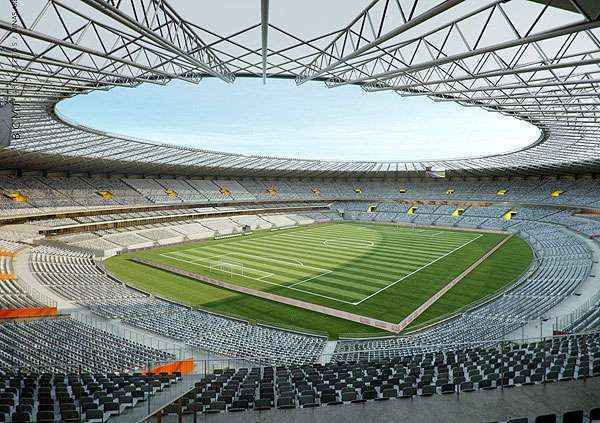
Both the 2013 FIFA Confederations Cup and the 2014 FIFA World Cup were played there, and it was a venue for both tournaments. Additionally, it was the site of some of the football matches that were played during the 2016 Summer Olympics. The stadium can accommodate a total of 61,846 spectators at its seating maximum. Both Atlético Mineiro and Cruzeiro play there, despite the fact that it belongs to the state of Minas Gerais.
Atlético is currently in the process of constructing its new stadium, which will be known as the Arena MRV and will have a capacity of 47,000 spectators. In addition, the stadium will be one of the most modern and technologically advanced in Brazil, and its opening is slated to take place in the month of August 2022.
Crest
The earliest version of the club’s symbol was adopted in the decade of the 1910s. It was a straightforward design that comprised the three initials of the club’s name (“CAM” for Clube Atlético Mineiro) arranged in an oval shape and filled with black. The first and most significant alteration took place in 1922, when a format of an edged shield was chosen. The letters were placed in the upper portion of the shield, while black and white stripes were placed in the lower portion. The general aspect of the crest has been preserved ever since it was first designed; the only things that have changed are the specific format of the escutcheon and the location of the black and white stripes inside it.
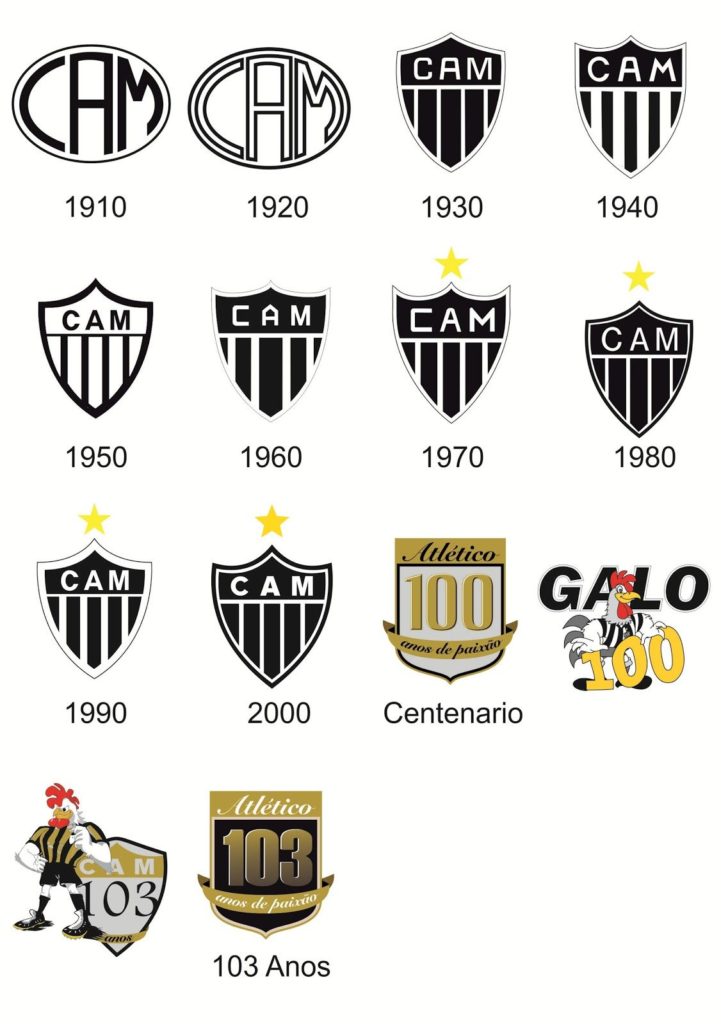
During the 1970s, a golden star was added to the top of the badge. This star is a reference to the 1971 Série A title, which is still held today. In the past, the team’s victories at the 1978 Copa dos Campeones, the 1992 and 1997 Copa CONMEBOL, and in 1997 the Copa CONMEBOL were represented by red stars; however, in 1999, these stars were removed.
Ownership
As is the case with the vast majority of Brazilian football clubs, the by-laws of Atlético Mineiro identify the club as a non-profit public utility company founded by associates (sócios). This is also the situation with the majority of Brazilian football teams. The General Assembly, the Deliberative Council, the Board, the Fiscal Council, and the Ethics and Discipline Council are the bodies that have administrative authority inside the club. Every three years, the General Assembly, which is made up of all associates, elects the Deliberative Council from among its own members. The Deliberative Council, in turn, elects and dismisses the club’s Board, which is responsible for the club’s executive management. Those who purchase season tickets and take part in the Galo na Veia affiliation program, also known as sócios-torcedores, are not considered to be full club associates and hence are not eligible to vote or run for office.

